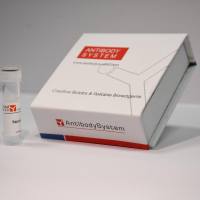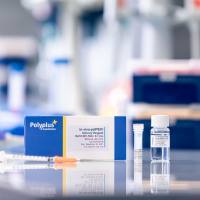In Vivo Functional Tests for Assessing Immunotoxicity in Birds
互联网
333
Various methods have been adapted for assessing the effects of environmental contaminants on the structure and function of the immune system in wild and captive birds. This chapter describes two integrative functional assays that have been adapted to a variety of avian species and have proven to be sensitive biomarkers for immunotoxicological effects. The phytohemagglutinin (PHA) skin test measures T cell-mediated immunity. PHA is injected intra- or sub-dermally into the wing web of the elbow joint (or interdigitary skin or wattle). The PHA stimulates T lymphocytes to release cytokines that cause an inflammatory influx of leukocytes and fluid. The thickness of the wing web is measured before and 24 h after injection. A stimulation index, which reflects T cell function, is calculated as the increase in skin thickness caused by the PHA minus the increase caused by an injection of phosphate buffered saline (PBS) in the other wing web. In addition to its sensitivity to contaminants, ecological studies have shown that the PHA skin response is positively associated with rates of survival and colonization of new areas (i.e., ability to found new local populations) in wild birds.
The sheep red blood cell (SRBC) hemagglutination assay measures the antibody response to immunization with SRBC antigens, integrating the functions of B lymphocytes, helper T lymphocytes, and macrophages. A SRBC suspension is injected i.v., and a blood sample is collected approximately 6 days later. Plasma (or serum) from the blood sample is serially diluted in a microtiter plate, and SRBCs are added. The magnitude of the antibody response is defined as the titer – the highest dilution of plasma in which the concentration of antibody is sufficient to agglutinate the SRBCs. Both IgM and IgG titers can be measured. This avian test is very similar in principle to the anti-SRBC ELISA and splenic plaque forming assays used for immunotoxicological testing in rodents. However, this avian hemagglutination assay does not require a species-specific secondary antibody (as does the ELISA), and this minimally invasive, nonlethal procedure is amenable to studies of protected species, as opposed to the splenic assay. The PHA and SRBC assays have been employed successfully in both the laboratory and field. In ecological studies birds must be recaptured 24 h or 6 days after the initial injections, limiting their use in some species. However, their sensitivity to a variety of contaminants and their ease of adaptability to a variety of species have made the PHA and SRBC tests some of the most commonly used assays for screening and monitoring immunotoxicity in birds.









